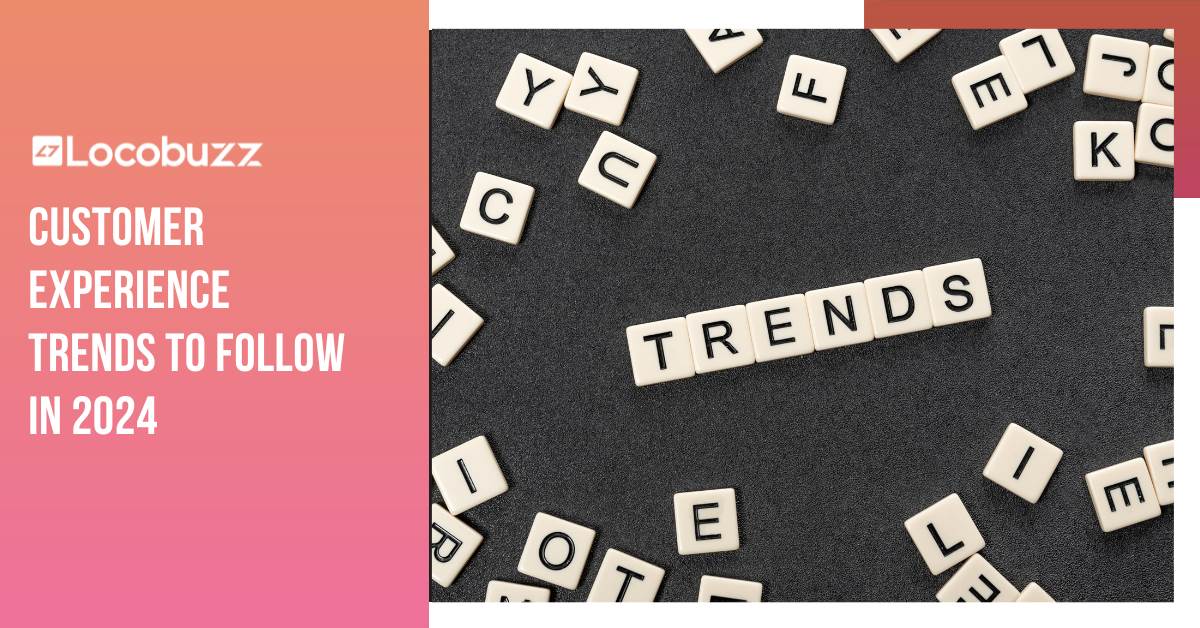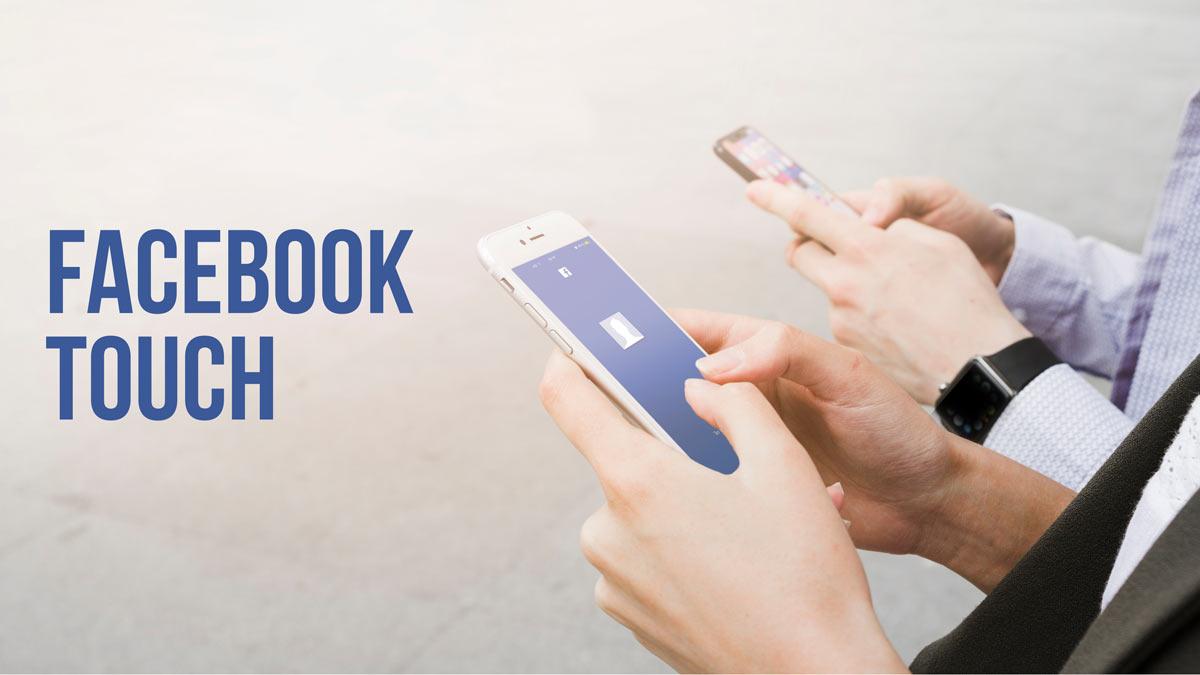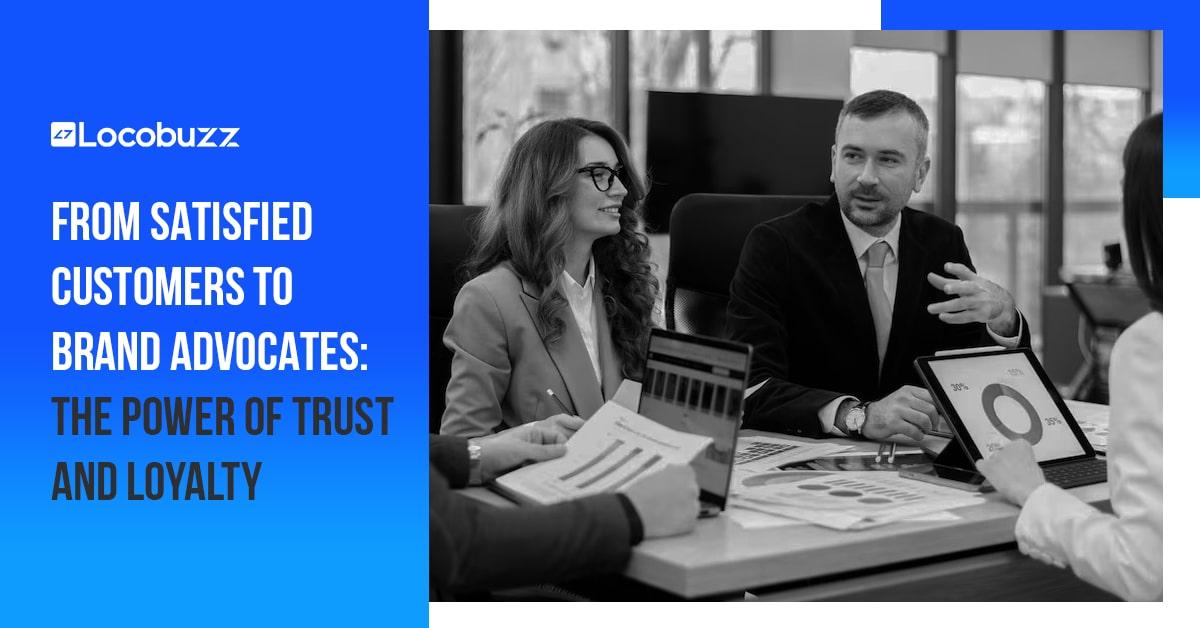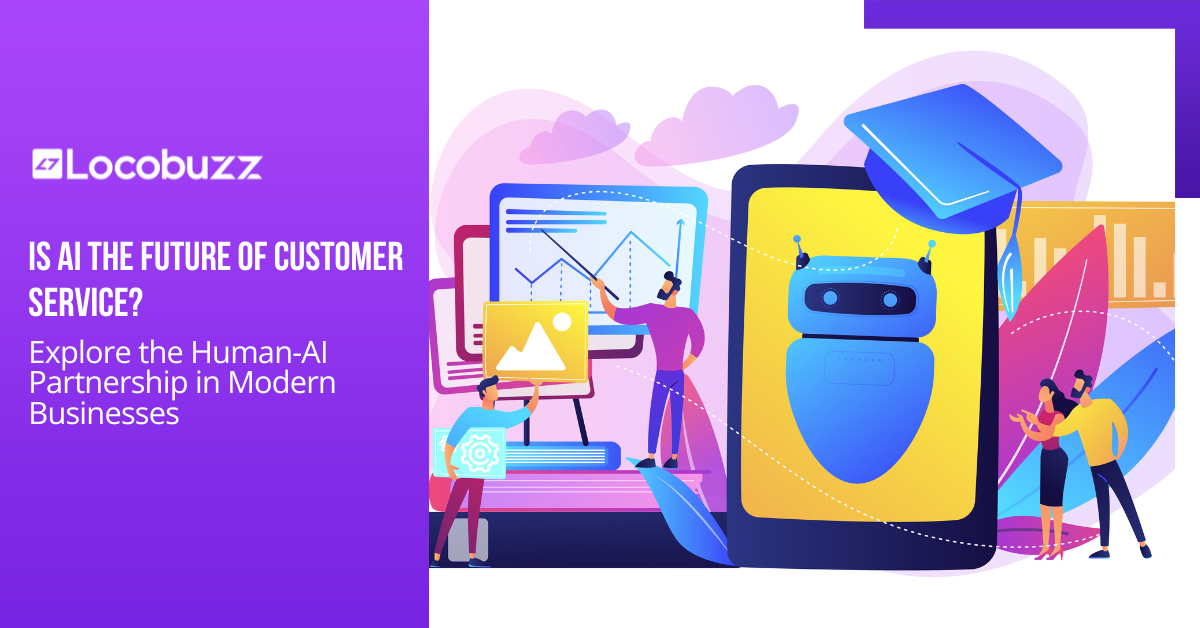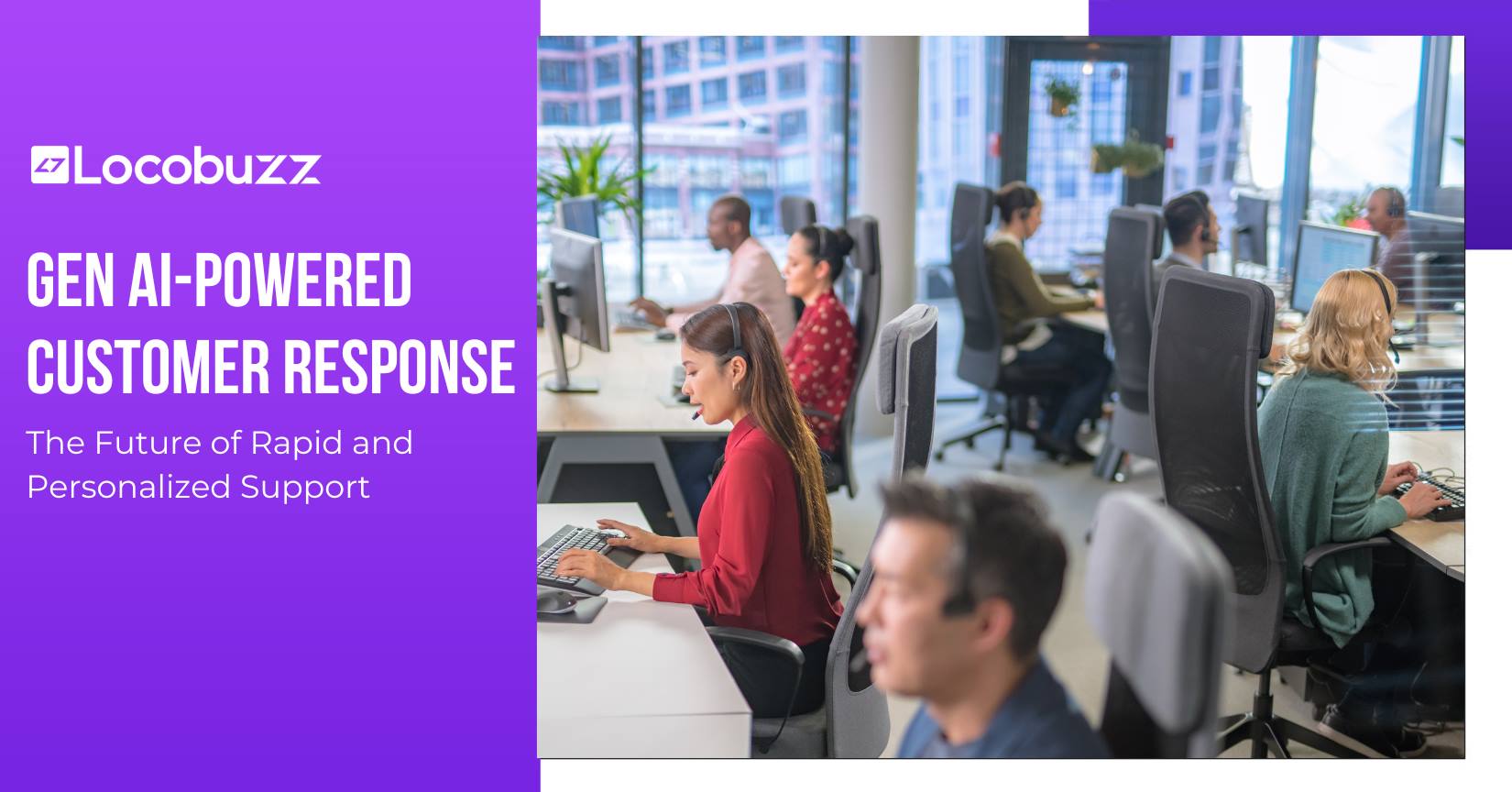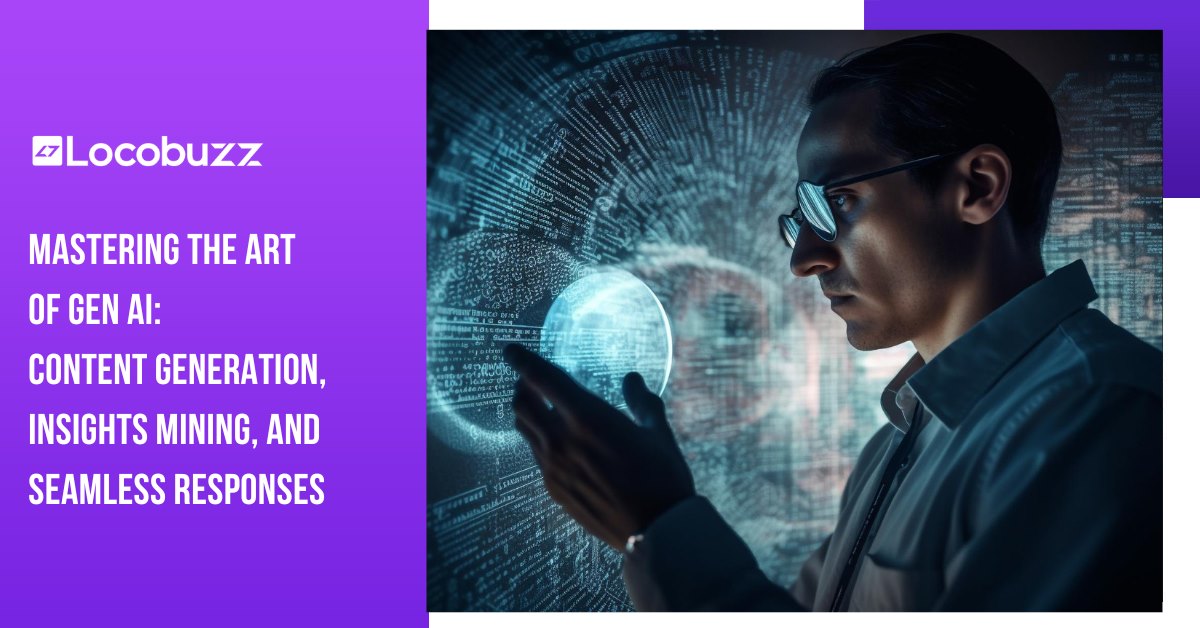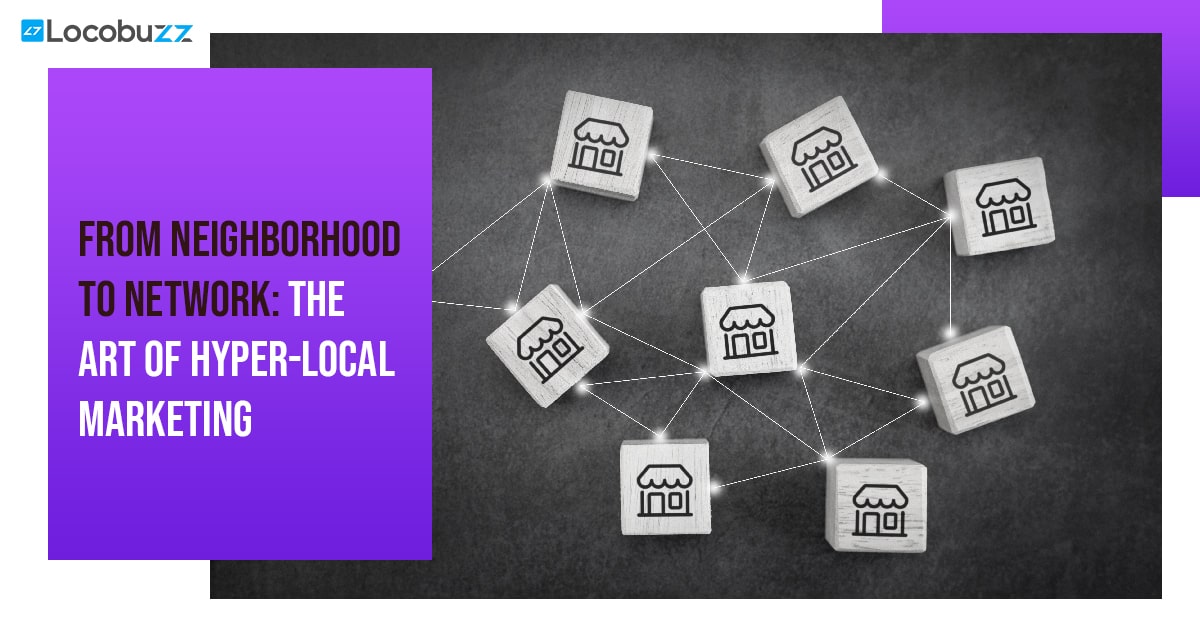The Power Of User Generated Content In The Age Of Covid
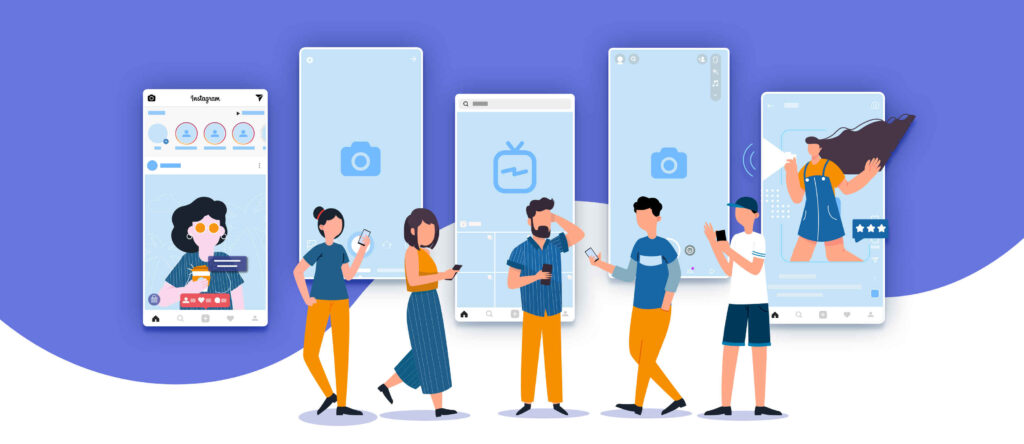
Table of Contents
The rise of virtual events
Last year, Tomorrowland was a virtual event.
If COVID hadn’t happened, I was planning to tent up at the live event. Don’t feel too bad for me; I saw updates of it on one of my friend’s Instagram stories. Granted, I saw Katy Perry perform on a very large television screen in one of their stories (yeah, I have no clue why Katy Perry was at Tomorrowland either), but the lights and virtual set were very pretty.
I FOMO-ed in a very weird way that weekend. Apparently, that annoying Instagrammer who puts up a string of videos of live events is a thing now and, sure enough, is catering to a very important part of brand building in the age of COVID.

Tomorrowland 2020 sold out in five minutes! All four lakh virtual seats if you please. Today’s writeup, however, isn’t about the events industry finding inspiration to survive COVID, but about the people who keep the spirit alive on social channels as they provide brands with User Generated Content (UGC).
The importance of user-generated content
UGC is one of the most potent tools for a marketer to help people connect with a brand. It’s a sign of faith and confidence that doesn’t need any prompting whatsoever. Right from product reviews to snapping photos & videos, UGC is a school of thought that lets individuals be the voices of your message, help market your brand, and, most essentially, identify the people who help shape your brand free of cost!
Gain credibility!
UGC is incredibly credible. 90% of consumers report that UGC is the reason they put something in the cart, as opposed to other forms of marketing! UGC works because it proves that people love and trust your brand making opinions they share a potential sermon. More numbers state that 47% of millennials and 36% of baby boomers trust UGC, whereas only 25% of both demographics say that they trust branded content. The primary reason these stats stick is that UGC makes brands and their message appear human.
UGC in the age of covid
These are dark times. If branded content fails to capture empathy, it’s thrown out the window.
When KFC released their ‘Finger Licking’ Good’ campaign in the UK, COVID was wreaking havoc among the population. It got a bit late before they brought it down and realized it was perhaps not the best idea to film slow-motion shots of people licking their fingers in public.
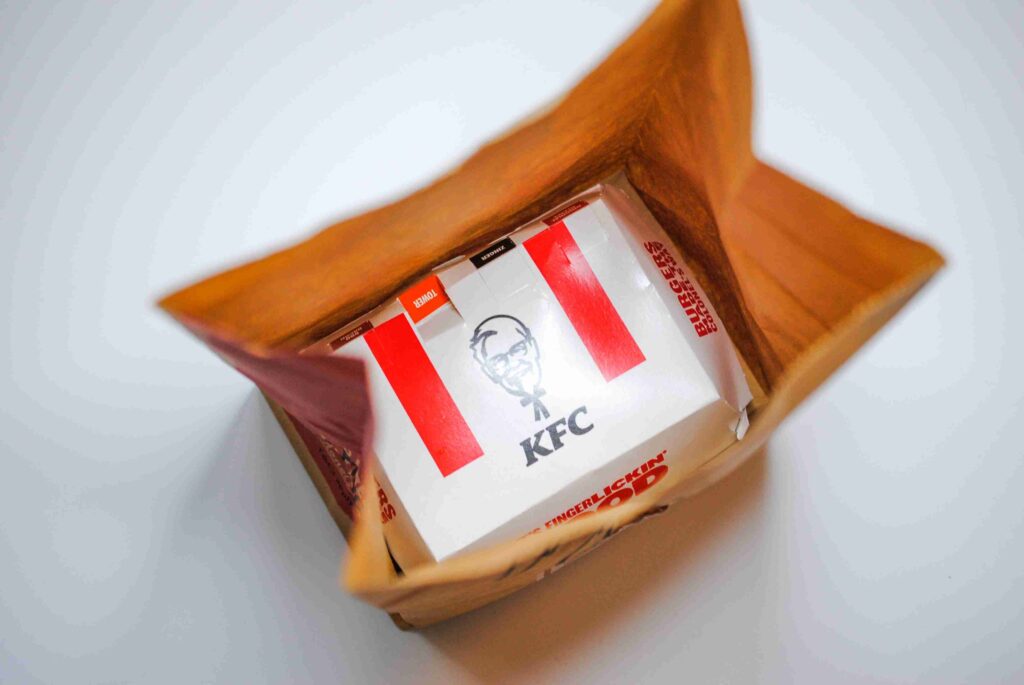
UGC validates to a larger audience that brands have truly started connecting with the people once again. Uber’s detailed precautions for drivers and travelers; Zomato’s contactless deliveries; or J.W. Marriot providing and delivering meals at home – these are all brands moving with the times.
People want to be heard. Yet another study shows that 64% of millennials and 53% of boomers want more ways to share their opinions about brands. So, apparently, Instagram, Snapchat, Amazon, and TikTok aren’t enough! (Just kidding).
What sets UGC apart?
UGC is raw, homely, and has no direct ulterior motive. When you see the Managing Director of your favorite brand get on Instagram with his dogs and kids playing in the background, you know he’s real. People want to see more of that.
It’s the humane identity that attracts customers to brands in the most trying of times. Engagement with UGC is everything a brand needs right now. It’s the ideal time to use the best of AI to listen to what customers have to say. Whether it’s Image Recognition tools or Analytics and Online Reputation Management, it’s the only way to turn a crisis like COVID into an opportunity to do right by customers.

